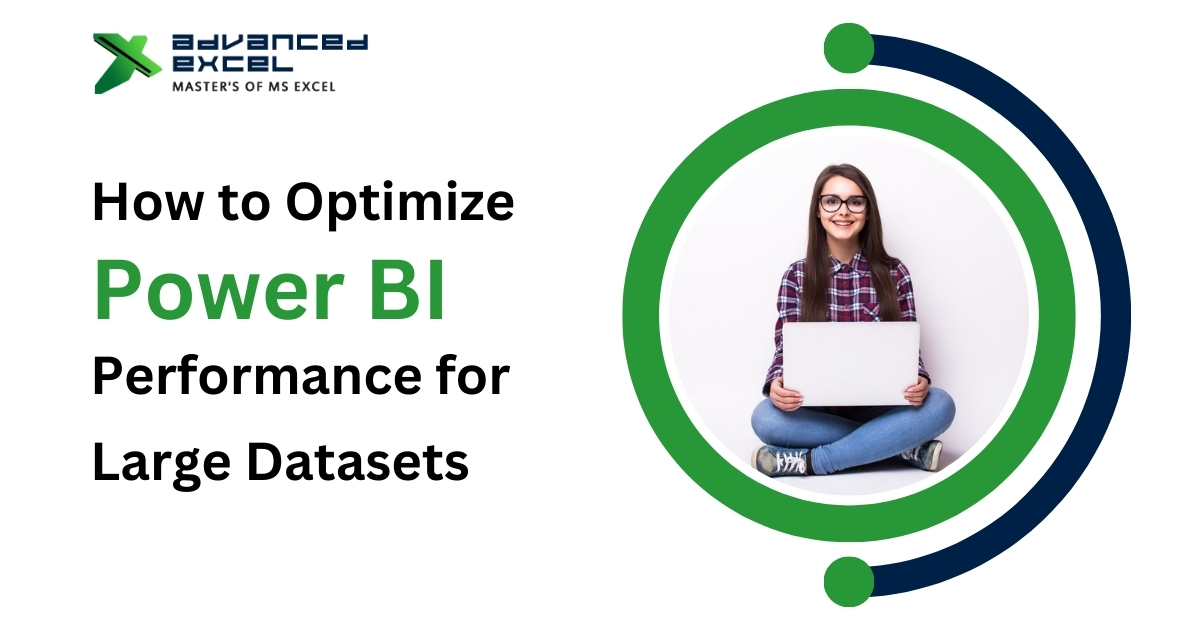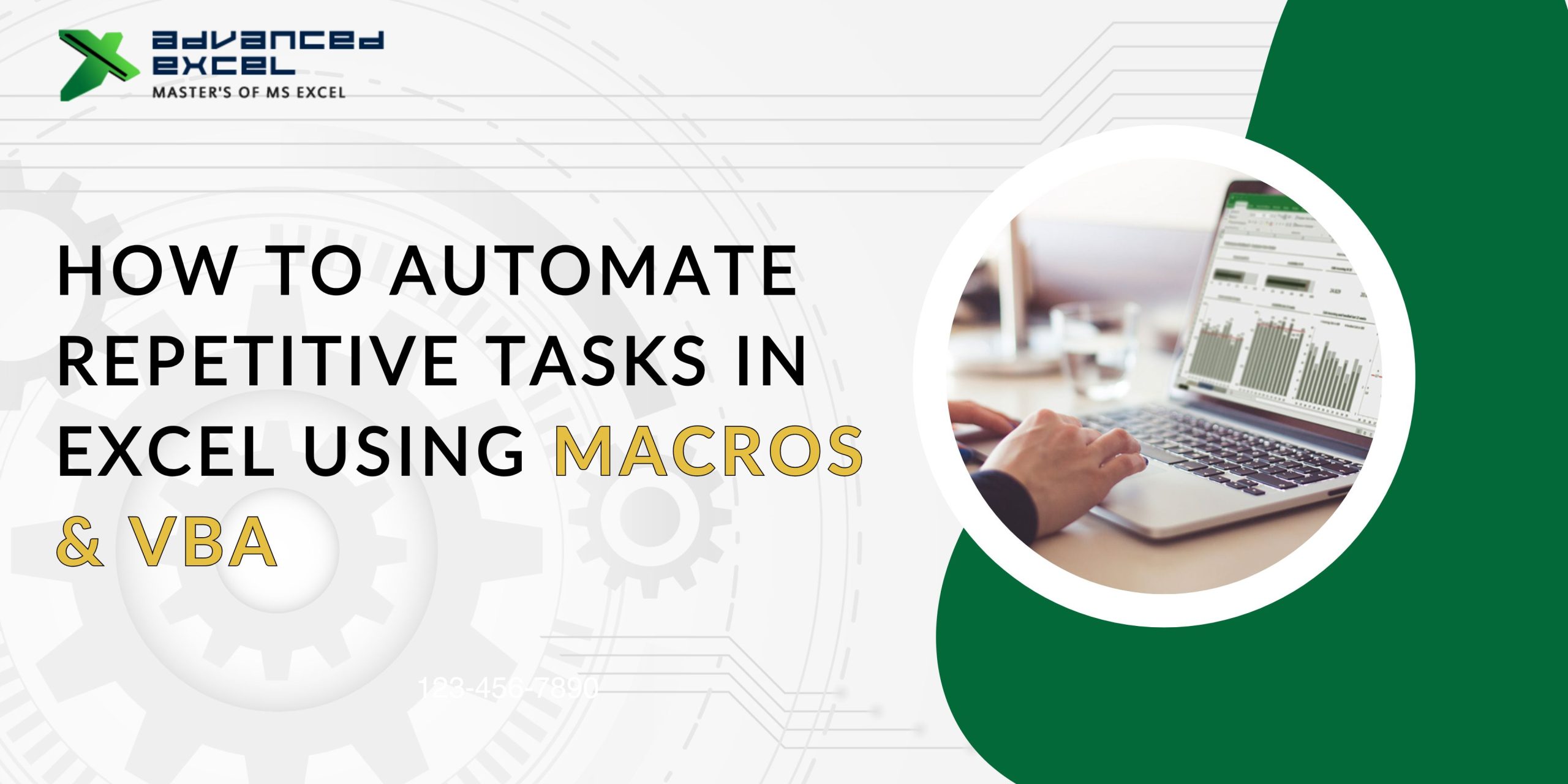Power BI is a potent instrument for handling the countless datasets generated by individuals, but coping with large datasets can reduce performance. It is quite frequent that users have slow report loading, inefficient queries, and excessive memory consumption. Therefore, the best tactics to perfect Power BI are to learn more about the software and to perform the right techniques to the power BI file.
One of the most direct strategies is applying operative data modeling that not only saves the execution time for the queries but also enhances the responsiveness of a website. Besides, putting into practice the partitioning, aggregations, and DirectQuery, it is feasible to make Power BI be on a completely new level and to manage large scales of data effectively.
Understanding Power BI Performance Optimization
Power BI, as you know, is a tool that is very technical and adopts the principle of the most component. First before going to query execution and visual rendering. Despite being one of the most critical factors, optimizing techniques have the power to give new breath of life to the unresponsive reports.
Data Modeling Techniques to Improve Speed
Importance of a Star Schema
Moving from a snowflake schema to a star schema takes out the convolution in connections and introduces speed to queries. Your productivity will increase by turning your data mode into a model of employment that is faster and produces better report rendering.
Reducing Cardinality
Should you use a star schema instead of a snowflake schema that should make the relationship complexity easier and progression of data faster? One of the side effects of flattening data model is faster calculations and better report rendering.
Optimizing Relationships and Joins
Limit the number of relationships in your model. If necessary, avoid two-way relationships and instead go for one-way relationships for best performances.
Using Aggregations for Faster Processing
Aggregations allow Power BI to store summarized data for faster queries. Create aggregations on key measures and pre-aggregate data at different levels to enhance performance.
Partitioning Data for Better Performance
Partitioning breaks large tables into smaller, more manageable chunks. This prevents Power BI from loading unnecessary data, improving refresh times and query speed.
Best Practices for Handling Big Data in Power BI
- Reduce the data load: Remove unnecessary columns and tables.
- Choose the right storage mode: DirectQuery for real-time data, Import Mode for best performance.
- Optimize DAX queries: Write efficient formulas and avoid row-by-row calculations.
Use of Power Query in BI for Performance Optimization
To enhance Power BI efficiency, use of Power Query in BI plays a critical role. Power Query enables one to clean, transform, and mold data prior to it getting into Power BI, thus lightening the computation. Filtering data early, dropping unwanted columns, and using optimized transformations, Power Query makes sure that only relevant and optimized data gets loaded into Power BI.
Optimizing DAX Queries for Performance
- Use variables to store calculated values.
- Replace iterative functions (like SUMX) with simpler aggregations.
- Avoid nested calculations in DAX.
Managing Memory Usage in Power BI
Efficient memory usage ensures better performance. Remove unused measures, avoid calculated columns in large tables, and limit the number of visuals in a report.
Using Incremental Refresh for Performance Gains
Incremental refresh loads only new or updated data instead of refreshing the entire dataset. This significantly improves data refresh performance.
Leveraging Dataflows for Enhanced Efficiency
Dataflows allow preloading and transforming data before using it in Power BI, improving performance and reducing query loads.
Advanced Techniques: Composite Models and Hybrid Tables
Composite models allow mixing Import and DirectQuery data sources. Hybrid tables improve performance by keeping recent data in memory and older data in DirectQuery.
Monitoring and Troubleshooting Performance Issues
Use Power BI’s Performance Analyzer to identify slow queries, optimize DAX calculations, and detect performance bottlenecks.
Conclusion
Optimization of Power BI for big data includes various approaches, ranging from effective data modeling and aggregations to memory optimization and DAX optimization. Applying these methods results in quicker performance, improved data refresh rates, and enhanced report interactivity.If you’re looking to master these optimization techniques, enrolling in a power bi course online can provide valuable insights and practical experience.





